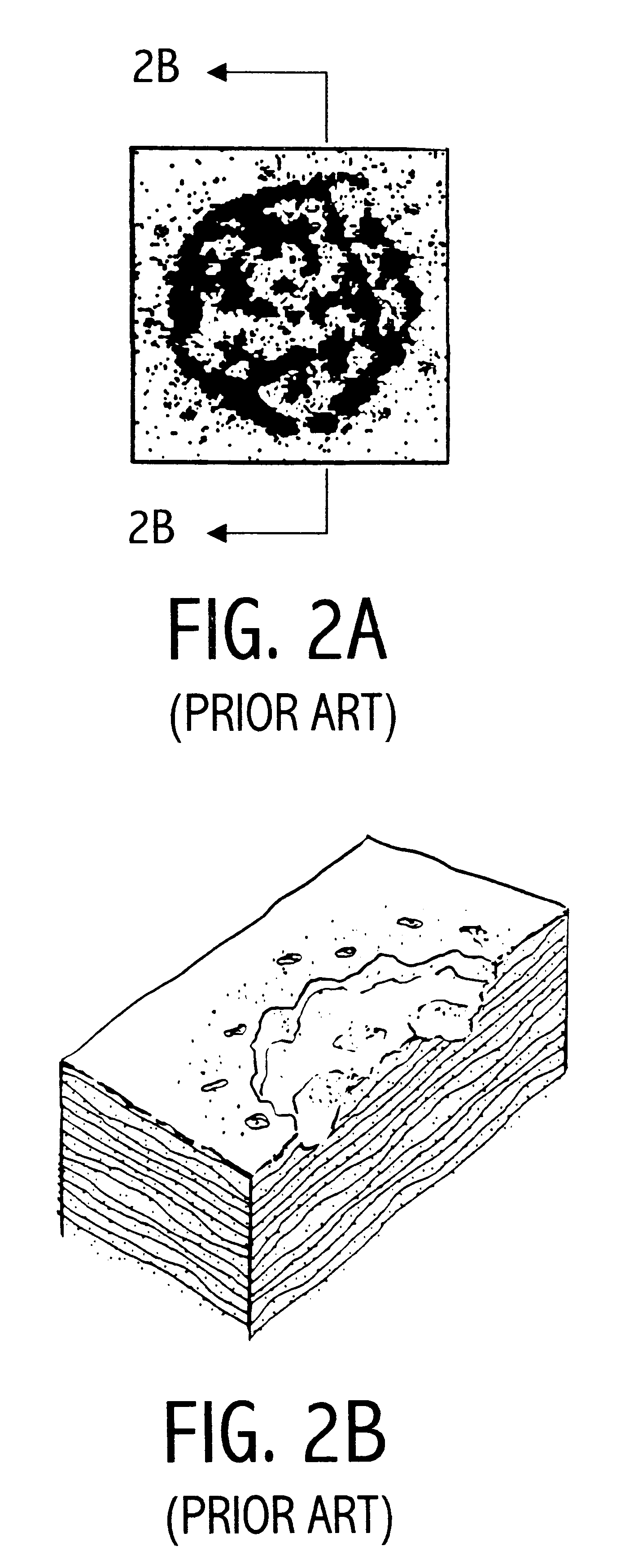Photoionization enabled electrochemical material removal techniques for use in biomedical fields
a biomedical field and photoionization enabled technology, applied in the field of ionothermal delivery system and medical procedures, to achieve the effect of precise volumetric removal
- Summary
- Abstract
- Description
- Claims
- Application Information
AI Technical Summary
Benefits of technology
Problems solved by technology
Method used
Image
Examples
Embodiment Construction
I. Operational Principles of Non-Contact Electrochemical Decomposition of Thin Surface Layers.
Several principles relating to the operation of an exemplary non-contact plasma-mediated electrochemical ablation system 5 (see FIG. 4) for the ratable removal of thin surface layers will be described in the following sections. The principles and system will be described with reference to an exemplary surface of a biological tissue volume, such as a patient's skin. The description and techniques of FIGS. 5A-5E are for exemplary purposes only and are not intended to limit the application of the methods of the invention to a patient's skin. The system may have application in various surface layer ablations or volumetric tissue removals in dermatology and ophthalmology, and may be well suited for LASIK and PRK refractive procedures as will be described in another disclosure. The system 5, which may be described herein as a PASCAL system (photoionization assisted electro-chemical ablation of su...
PUM
 Login to View More
Login to View More Abstract
Description
Claims
Application Information
 Login to View More
Login to View More - R&D
- Intellectual Property
- Life Sciences
- Materials
- Tech Scout
- Unparalleled Data Quality
- Higher Quality Content
- 60% Fewer Hallucinations
Browse by: Latest US Patents, China's latest patents, Technical Efficacy Thesaurus, Application Domain, Technology Topic, Popular Technical Reports.
© 2025 PatSnap. All rights reserved.Legal|Privacy policy|Modern Slavery Act Transparency Statement|Sitemap|About US| Contact US: help@patsnap.com



